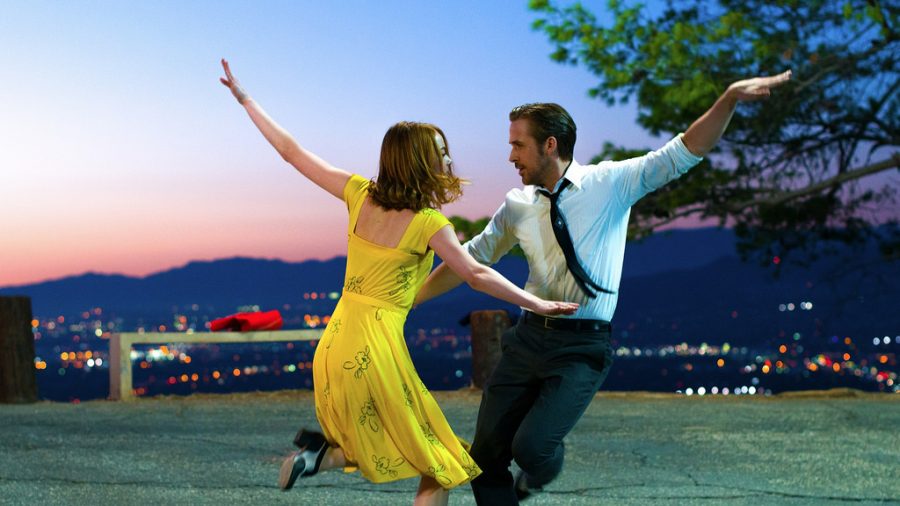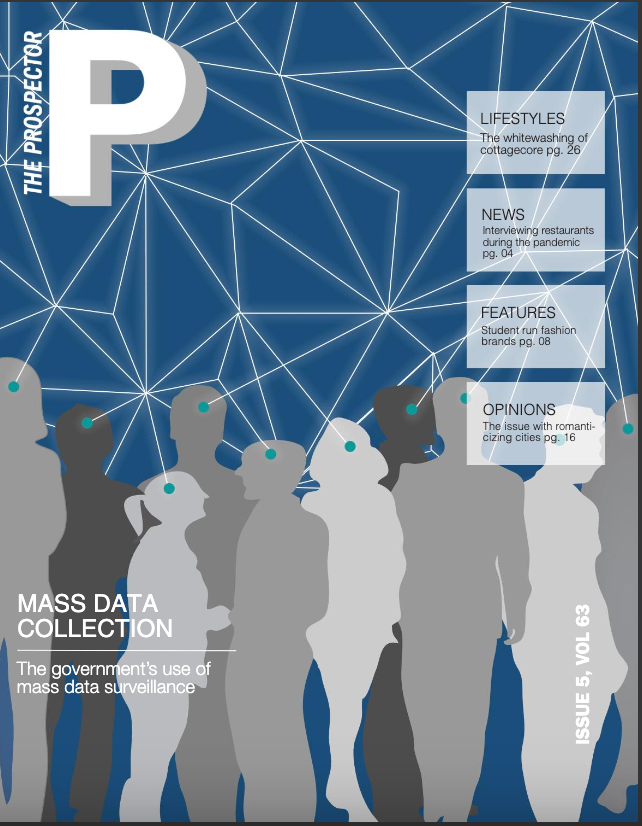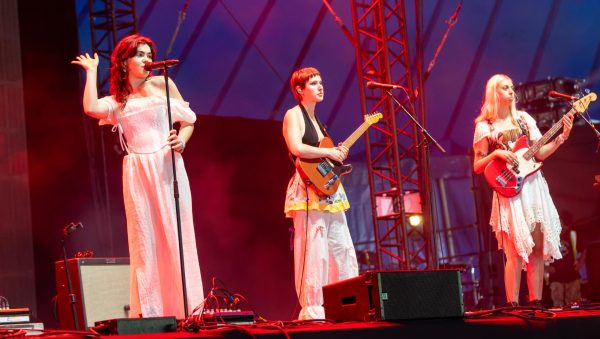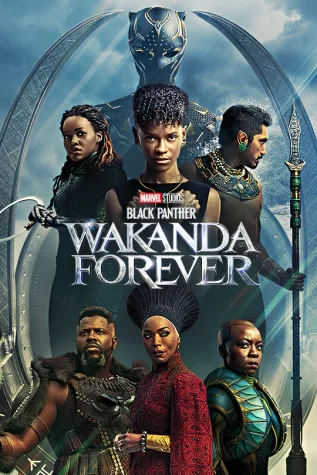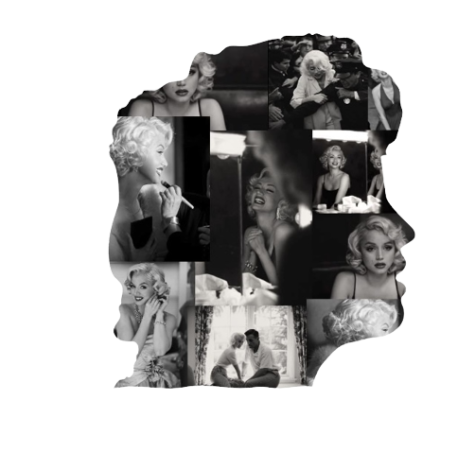TV and Movie Musicals
February 9, 2017
The scene starts off normal enough. One moment, Ryan Gosling and Emma Stone are strolling in front of the breathtaking Los Angeles skyline. The next moment, the two are sporting shiny jazz shoes and tap dancing their way through an epic routine. It’s the kind of scenario that, only a couple years ago, would have left audiences raising their eyebrows in skepticism. But recently, live-action movie musicals are falling back into favor, with films like “La La Land,” featuring spontaneous dance scenes like the one above, drawing millions of moviegoers back to the sparkle and buzz of Broadway-like films.
For a short while, in the 1930s and ‘40s, live-action musical films dominated Hollywood. The introduction of sound in cinematography gave birth to classics like “Singin’ in the Rain,” “The Wizard of Oz,” “A Star is Born” and “On the Town.” But once Disney took over the movie musicals in the 1990s with hits like “The Little Mermaid,” live-action musicals struggled to achieve success as movie musicals became predominantly animated features.
Hollywood still attempted to bring back the demand for live-action musicals with films like “Jersey Boys,” “Rock of Ages,” and “Burlesque,” but these films ultimately failed to generate interest. There is no clear-cut reason why live-action movie musicals diminished in favor, but Disney’s domination of the market with animated musicals certainly contributed to the stigma that musicals are childish and overly optimistic.
When the live-action adaption “Sound of Music Live!” aired on TV in 2013, the showing attracted 18.62 million views, the largest viewing on a Thursday night that NBC had ever achieved. The success inspired further TV musicals, with Fox airing “Grease: Live!” on Jan. 31, 2016 and NBC continuing their success with “Hairspray Live!” on Dec. 7, 2016. All three musical adaptations featured mainstream artists, with singers like Carrie Underwood (“Sound of Music Live!”), Vanessa Hudgens (“Grease: Live!”) and Jennifer Hudson (“Hairspray Live!”) appealing to less-Broadway obsessed individuals. The growing interest in live-action musicals inspired film adaptations of Broadway classics that also involved mainstream stars, like Anne Hathaway and Hugh Jackman in “Les Misérables” (2013) and Meryl Streep in “Into the Woods” (2014)
But it was not until Lin Manuel-Miranda’s “Hamilton” triumphed on Broadway that the appeal of live-action musicals grew rapidly. While traditional musicals are often misconceived as outdated or slow, “Hamilton’s” modern hip-hop and rap music widened the demographic of individuals who would not normally be interested in Broadway music.
This resurgence in the trend of live-action musicals explains why directors are lined up to create Broadway-adaptations and ambitious dance sequences for the big screen. So far, these attempts have proved highly successful; “La La Land,” directed by Damien Chazelle and featuring tap dancing, vocals and an overwhelming amount of jazz, has 14 Academy Award nominations. Director Stephen Daldry is in the works of orchestrating an adaptation of the Broadway hit “Wicked,” and Emily Blunt is starring as the singing Mary Poppins in “Mary Poppins Returns,” to be released in December of 2018. Of course, almost everyone is jazzed for the live-action musical “Beauty and the Beast,” featuring Emma Stone and Dan Stevens, which will be released in theaters March 17, 2017. More movies to come include a remake of the 1955 musical “Guys and Dolls,” a movie adaptation of Lin Manuel-Miranda’s “In the Heights” and a film adaptation of Andrew Lloyd Webber’s “Cats.”
which will be released in theaters March 17, 2017. More movies to come include a remake of the 1955 musical “Guys and Dolls,” a movie adaptation of Lin Manuel-Miranda’s “In the Heights” and a film adaptation of Andrew Lloyd Webber’s “Cats.”
It may not matter that many of these films are remakes or adaptations of existing works. What will ultimately draw audiences to the bursts of singing and dancing in these unpredictable films is the wondrous optimism and idealistic quality of the music.









